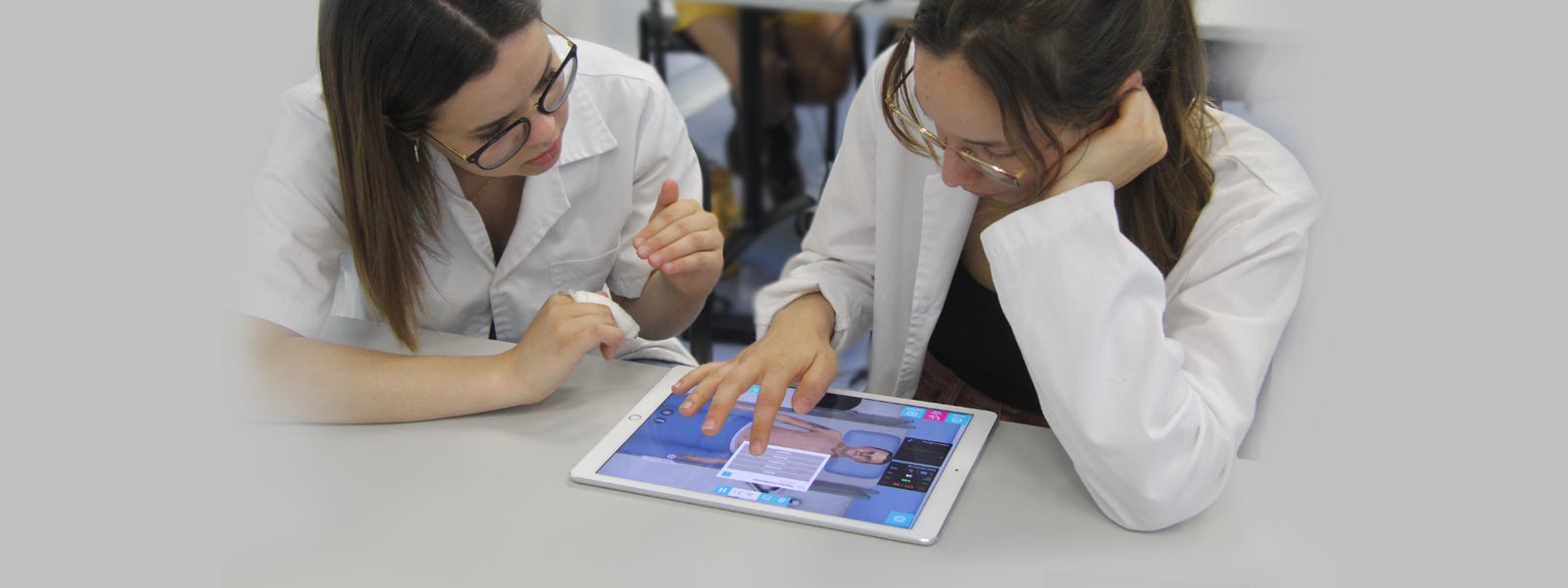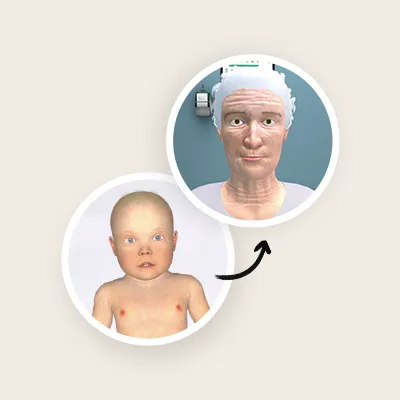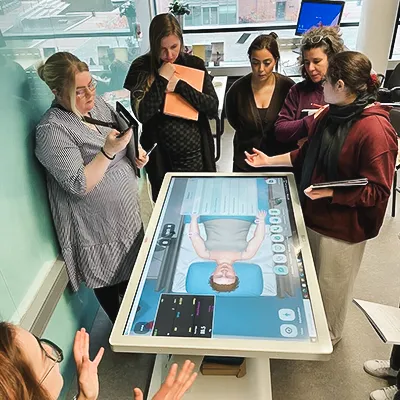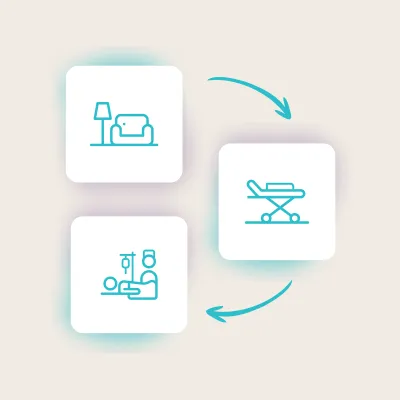You might never hear about the golden circle but it is essentially composed of three questions: why, how and what, placed inside a circle. Created by Simon Sinek, a leadership specialist, the main idea is to help organizations and individuals set their priorities of thoughts, actions and communication.
Think about these three questions for about a minute.
As Simon Sinek explains, “everybody knows what they do. Some know how they do it but very few people know why they do what they do”. When we apply the golden circle to simulation, as Body Interact creators, we challenge you to think about the purpose of a simulation exercise and your professional beliefs when using this educational tool.
Why = The Purpose
The first difficult task is to decide which benefit to highlight. Nevertheless, due to healthcare professionals’ primary mission of saving lives, we can start by mentioning how simulation can improve patient safety. By helping inexperienced trainees practice both common and less common medical cases, simulation helps to reduce and prevent clinical mistakes, without jeopardizing patients’ well.being.
Furthermore, the three aims of accelerating clinical education with high quality standards, reducing the shortage of healthcare professionals worldwide and promoting lifelong learning opportunities for all raise quality and helps to ensure access to healthcare services.
Connected to the Sustainable Development Goals for 2030, simulation ensures inclusive and equitable quality education. As most top healthcare professionals are integrative clinical thinkers, analytical problem-solvers and reflective learners, aspects such as perception, reasoning, interpretation, judgment, and decision making are essential competencies enhanced by simulation.
How = The Process
From attending new-borns to dealing with adults, an immersive experience of learning by doing is how healthcare professionals quickly develop their cognitive and soft competencies. By connecting their theoretical knowledge to their skills-based performance, simulation can also capture their intrinsic motivation.
The opportunities to repeat the processes and correct their mistakes enable learning that leads to mastery. In addition, understanding cognitive processes through emotional engagement is also a critical element in the learning process.








